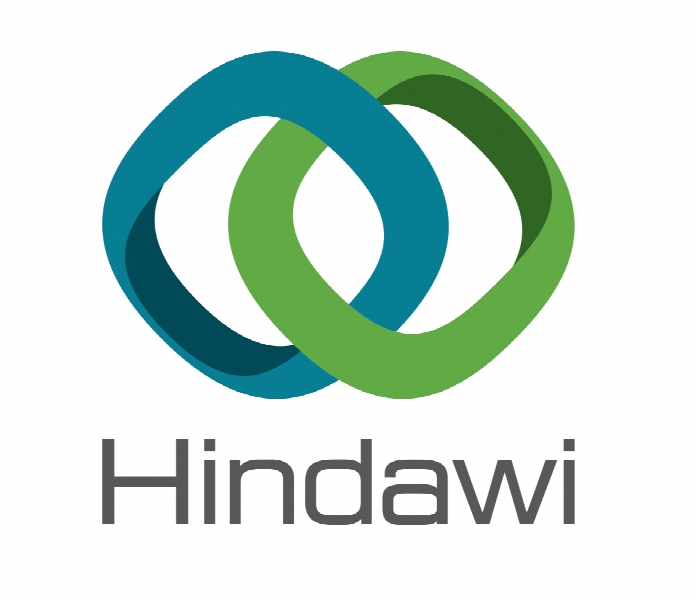رویکرد فارماکولوژی شبکه برای کشف مکانیزم Hedyotis diffusa Willd. در سرطان کولورکتال A Network Pharmacology Approach to Uncover the Multiple Mechanisms of Hedyotis diffusa Willd. on Colorectal Cancer
- نوع فایل : کتاب
- زبان : انگلیسی
- ناشر : Hindawi
- چاپ و سال / کشور: 2018
توضیحات
رشته های مرتبط پزشکی و داروسازی
گرایش های مرتبط فارماکولوژی
مجله پزشکی تکمیلی و جایگزین مبتنی بر شواهد – Evidence-Based Complementary and Alternative Medicine
دانشگاه Beijing University of Chinese Medicine – China
منتشر شده در نشریه هینداوی
گرایش های مرتبط فارماکولوژی
مجله پزشکی تکمیلی و جایگزین مبتنی بر شواهد – Evidence-Based Complementary and Alternative Medicine
دانشگاه Beijing University of Chinese Medicine – China
منتشر شده در نشریه هینداوی
Description
1. Introduction Colorectal cancer (CRC) is a multifactorial disease concerning environmental, lifestyle, genetic, or other risk factors [1], and it has posed a formidable potential threat to public health owing to its high morbidity and mortality [2]. Treatment strategies for CRC include surgery, chemotherapy, radiotherapy, targeted therapies, and immunotherapy [3–5]. The therapies for CRC have been well developed in recent decades [6]; nevertheless, its mortality remains relatively high as a result of frequent recurrence and metastasis [4]. The main therapeutic option for CRC is chemotherapy, and appropriate chemotherapy approaches effectively prolong the life expectancy and improve the performance status of patients with CRC [7, 8]. However, the application of chemotherapy for CRC is largely limited by its fearful side effects and drug resistance [4]. Take FOLFOX (oxaliplatin, 5-fluorouracil, and leucovorin) as an example. FOLFOX is one of the most prevalent chemotherapy regimens and is also a standard first-line treatment strategy for CRC [9, 10]. Even so, when patients with CRC are treated with FOLFOX, a variety of side effects often occur, such as bone marrow suppression, gastrointestinal reaction, and abnormal liver function [11]. Given this, more effective and less toxic therapies are desperately needed for treating CRC [12]. As a well renowned traditional Chinese folk medicine, Hedyotis diffusa Willd. (HDW) belongs to the Rubiaceae family and is a natural herbal remedy usually found in the orient and tropical Asia in countries such as China, Japan, and Indonesia [13, 14]. In terms of traditional Chinese medicine (TCM) theory, HDW possesses heat-clearing, detoxification, promotion of blood circulation, and removal of blood stasis effects [15]. HDW has long been extensively utilized in several Chinese medicine formulae to clinically treat inflammatory and infectious diseases like sore throat, bronchitis, hepatitis, urethritis, and appendicitis [16–20]. Moreover, HDW has also been used as an adjuvant therapy for the treatment of certain malignancies, including colorectal, liver, stomach, lung, and breast cancers, with relatively fewer and milder side effects [18, 21–30].


